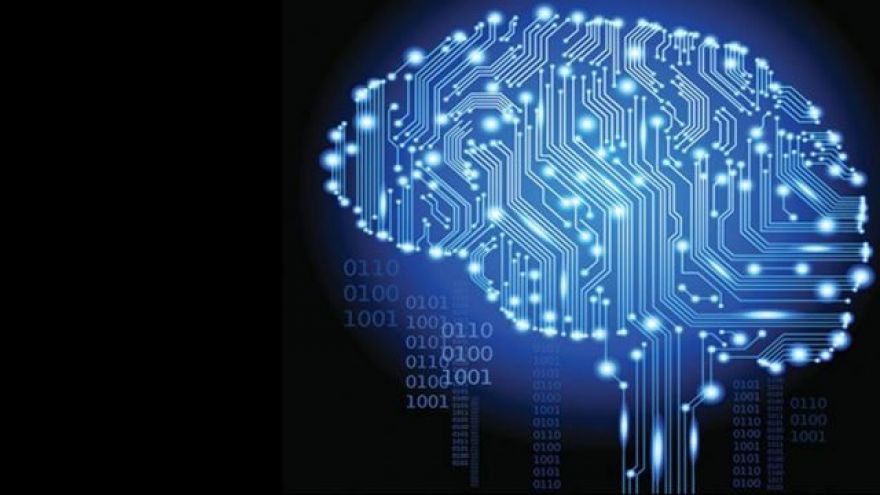
MIT Uses AI to Predict Breast Cancer Up to 5 Years in Advance
Modern artificial intelligence employs complex algorithms to do all sorts of tasks in an instant, such as figuring out how a customer feels based on their review or identifying specific characteristics of an image. However, AI’s brightest moments come from the creative ways we employ these algorithms. People have used AI to , , and now MIT has found a way to detect breast cancer up to five years in advance using a deep-learning image classification model.
MIT’s Computer Science and Artificial Intelligence Laboratory (CSAIL) and Massachusetts General Hospital (MGH) used mammograms and known outcomes from over 60,000 patients to train their new model on the tiniest visual details the human eye can easily miss.
The team’s model identified a woman at high risk of breast cancer four years (left) before it developed (right). Credit: MIT
MIT Professor (and breast cancer survivor) Regina Barzilay explains how this new model can change treatment plans for the better:
Rather than taking a one-size-fits-all approach, we can personalize screening around a woman’s risk of developing cancer. For example, a doctor might recommend that one group of women get a mammogram every other year, while another higher-risk group might get supplemental MRI screening.
When doctors can order mammograms based on patient need, they can avoid unnecessary exposure to radiation and costs of potentially unnecessary scans. While existing models can accurately identify 18 percent of patients in the high-risk category, this new model boosts that number up to 31 percent. Its success leans heavily on the team’s approach to its development. For the first time, a breast cancer prevention model focuses on individual women. It also takes racial diversity into account, where past models primarily focused on Caucasian populations. This not only helps to further accuracy but
As MIT and MGH have demonstrated, well-trained image classification models can help doctors save lives. Although no AI yields perfect results, image classification algorithms have matured and become reliable in many different applications—especially in specific models like this one. You need little more than a good idea, relevant data, and a bit of time to create a successful image recognition model. Services like , , , and others provide free custom model training platforms that require no programming knowledge to set up. With these algorithms freely available for everyone to use, we all have the necessary resources to train AI to solve problems and help others. It takes time and care to safely integrate a successful experiment into the practices of diagnostic medicine; this approach will likely see many revisions as it expands outside of a single hospital. But the early results are promising.
Now read: